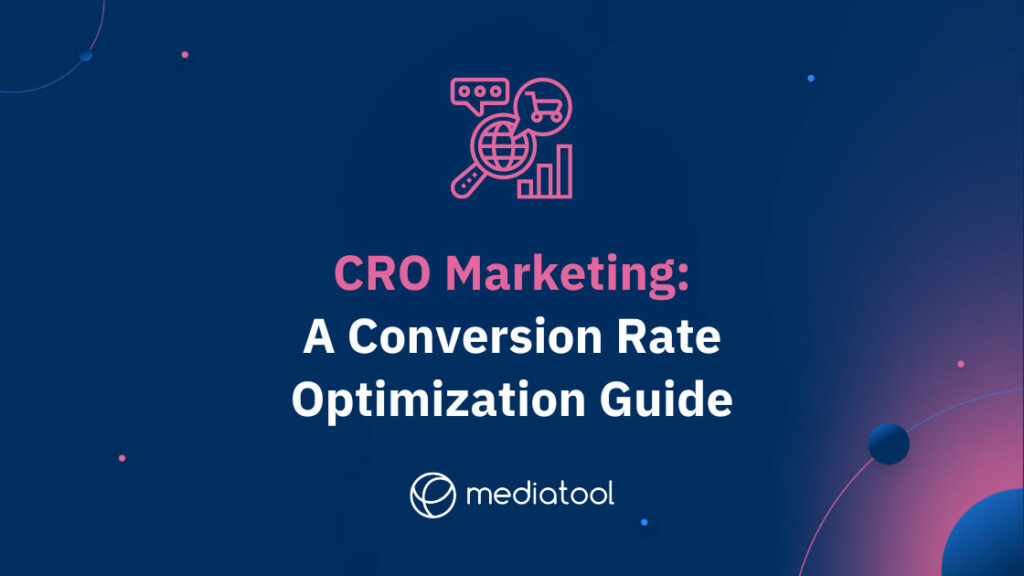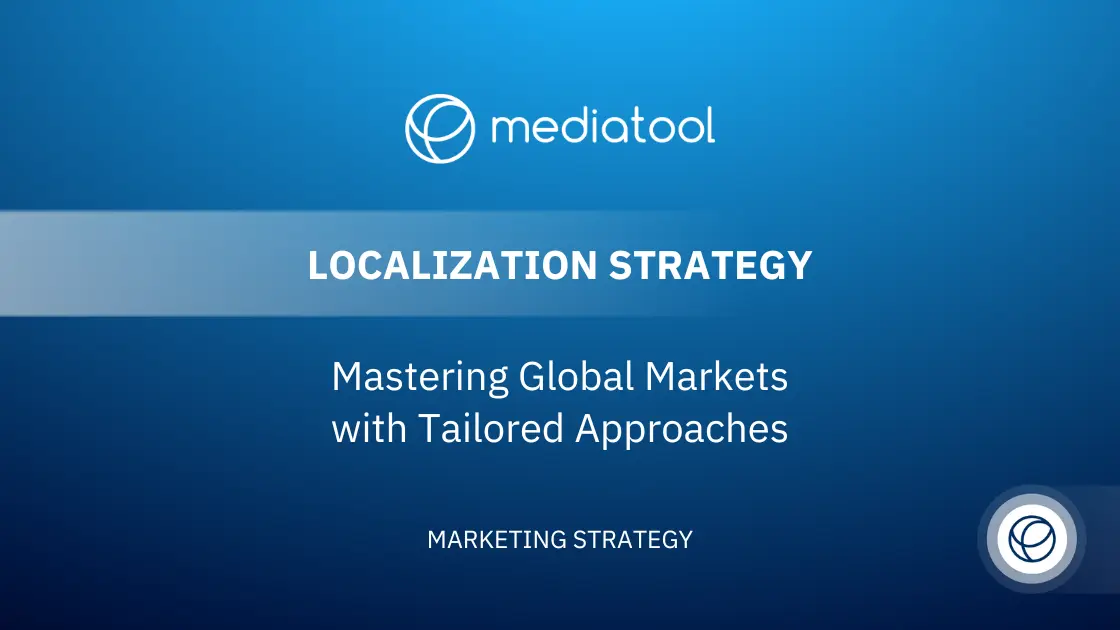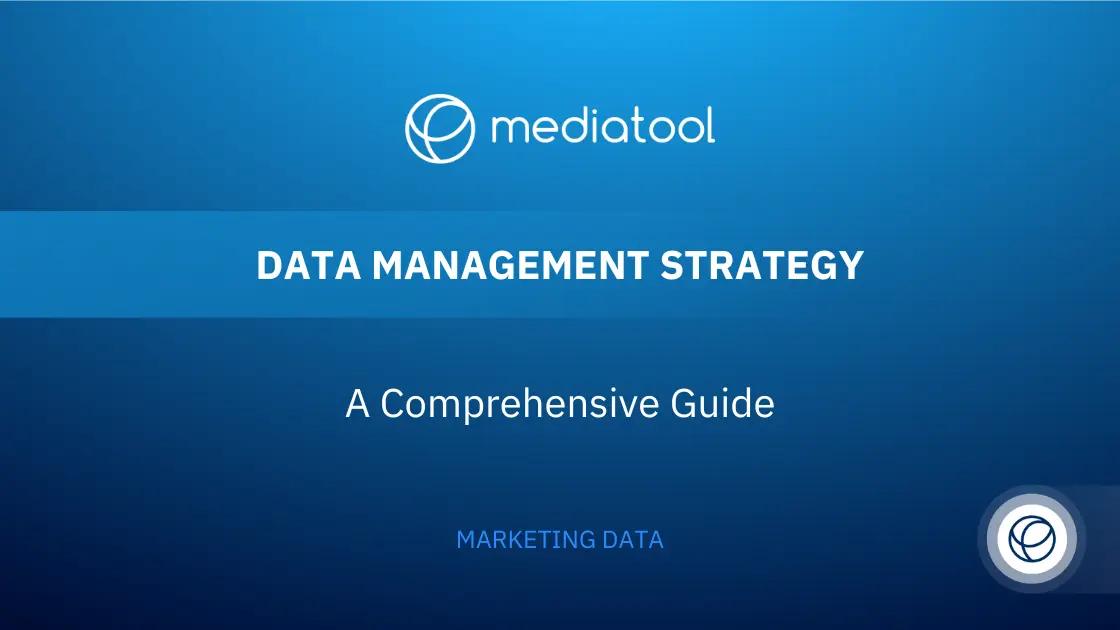CRO marketing is a data-driven and systematic approach to evaluating user behavior, testing and experimenting with various design aspects, and enhancing the overall user experience to encourage users to accomplish desired actions.
In this article, we’ll explain some of the fundamental details of CRO marketing and its role in the digital marketing landscape. By the end of this article, you should have a firm grasp of what CRO marketing is, how it works, and why it’s important for your business.
Let’s dive in.
What is CRO in Marketing?
CRO marketing (Conversion Rate Optimization) is about raising the percentage of visitors who perform a desired action, such as completing a purchase or filling out a form, to improve the effectiveness of a website or digital campaign. CRO marketing requires studying user behavior, testing various design components, and optimizing the website or digital campaign to improve the user experience and drive engagement.
CRO marketing is important for businesses since it can dramatically impact conversion rates and overall marketing efficacy. Companies may enhance conversion rates by improving the user experience and encouraging engagement, resulting in more leads, sales, and revenue. CRO marketing can assist companies in identifying failing portions of their website or digital campaign, allowing them to make data-driven decisions to optimize their marketing efforts.
How to Calculate Conversion Rate
To calculate the conversion rate, you divide the number of conversions by the total number of visitors and then multiply the result by 100 to get a percentage.
For example, if last month you generated 20 sales from a landing page and had 1000 visitors, your conversion rate would be: 20/1000 (0.02) x 100 = 2%.
Why CRO Marketing Matters for Businesses
CRO marketing is an essential technique for companies aiming to boost the effectiveness of their digital marketing activities. CRO marketing assists organizations in increasing the percentage of website visitors that perform a specifically targeted activity, such as making a purchase, subscribing to a service, or completing a form. Businesses can enhance conversion rates and fulfill marketing objectives by improving their website and digital campaigns.
Optimizing ROI is one of the most significant advantages of CRO marketing for companies. Businesses can boost revenue without raising their marketing expenditure by improving the conversion rate of their website and digital initiatives. This means that organizations can meet their marketing goals while controlling costs. CRO marketing gives organizations significant insights into customers’ tastes and behavior, allowing them to customize their marketing efforts to their target demographic. Businesses may develop a more compelling user experience that encourages users to do desired activities by knowing their customers’ requirements and wants, ultimately leading to higher customer loyalty and retention.
Understanding Your Clients With User Behavior Analysis
Businesses can obtain significant insights into customers’ preferences and behavior by studying how visitors interact with a website. This allows them to optimize their website and digital marketing to match their customers’ demands better. One of the primary techniques used in evaluating user activity is website analytics. Website analytics offers businesses information on how their website visitors browse it, how long they remain on each page, and which pages they visit the most. You can utilize this information to detect problem areas on the website, such as pages with high bounce rates or little engagement.
In addition to website analytics, businesses can collect information about their customers’ needs and preferences through user surveys and feedback forms. User surveys give companies immediate customer feedback, helping them identify pain points and areas for improvement. Feedback forms are an excellent way for businesses to gather qualitative data on the user experience, such as whether users find the website easy to use or face any problems. Companies can acquire a holistic picture of their consumers’ requirements and preferences by combining quantitative and qualitative data, allowing them to enhance their website and digital marketing to fulfill their customers’ expectations better.
A/B Testing: The Key to CRO Success
A/B testing compares two distinct webpage or digital campaign versions to see which one converts better. This requires producing two copies of a webpage or campaign, one as the control and the other as the variation. You show the two versions to different groups of users and study their behavior to determine which version performs better. You can use A/B testing to test the color scheme, images, copy, and call-to-action buttons on a webpage or digital campaign (CTA).
A/B testing is a must-have tool for organizations trying to improve the performance of their website and digital initiatives. Businesses may evaluate which design aspects are most effective at generating conversions and make data-driven decisions on optimizing their website and campaigns by testing several versions of a webpage or campaign. A/B testing also allows organizations to test their theories and assumptions, lowering the chance of implementing ineffective changes. A/B testing also yields quantitative results, allowing businesses to track their website’s and digital campaigns’ performance over time and constantly adjust their marketing efforts.
Making Your Website More User-Friendly With UX Design
UX design aims to create a website that is simple to use, visually appealing, and optimized for user interaction. A well-designed website can significantly increase a company’s conversion rate since consumers are more likely to take desired actions if the website is easy to browse and visually appealing. UX design requires several strategies, including establishing a clear and concise navigation menu, eliminating clutter, and optimizing the website for fast load times.
A well-designed navigation menu should be simple and intuitive, allowing users to explore the website without becoming disoriented or frustrated. UX design avoids website clutter, such as excessive content or too many graphics, which can distract users. By adopting a clean and straightforward design, businesses may build a more appealing user experience that boosts engagement and conversions.
Tips and Techniques for Copywriting and Visual Optimization
CRO marketing relies heavily on copywriting and graphic optimization to improve a website’s or digital campaign’s efficiency. Copywriting is all about crafting attractive and persuasive material that persuades users to do desired actions, such as purchasing or completing a form. Effective copywriting requires crafting a clear, straightforward message that resonates with the target audience and speaks to their wants and desires. Businesses can also use copywriting to create a sense of urgency and scarcity, urging consumers to take rapid action.
You can improve the user experience and drive interaction by using high-quality visuals, such as photographs, movies, and graphics, which is known as visual optimization. With effective visual optimization, you use visuals that are relevant to the website’s content and enhance the message in the copy. Companies can also utilize images to build trust and credibility by displaying customer testimonials or well-known company logos. Businesses can also optimize visuals for fast load times and mobile responsiveness, ensuring the website is user-friendly and visually appealing on all devices.
Overcoming Challenges in CRO Marketing
While CRO marketing can be helpful for businesses trying to improve their digital marketing efforts, it also has numerous drawbacks. To overcome these obstacles, you need a data-driven and systematic strategy and the willingness to experiment and make changes depending on the results. One of the most challenging aspects of CRO marketing is the requirement for a significant amount of traffic to execute A/B tests. Smaller companies with minimal traffic may find it difficult to obtain statistically meaningful findings since they require a certain level of traffic.
Another issue with CRO marketing is the possibility of false positives. You refer to a finding as a false positive when an A/B test suggests that one version of a website or campaign performs better than another, but the findings are not statistically significant. This can lead businesses to adjust their website or campaign based on erroneous data, resulting in lower conversions and revenue. To avoid false positives, you must ensure that you design and execute your A/B tests correctly and have enough traffic to produce statistically significant results.
CRO Marketing Trends to Watch in the Future
Several CRO marketing trends to monitor in the future will substantially impact the success of digital marketing initiatives. Using Artificial intelligence and machine learning to optimize a website and digital campaign design are trends to watch. You can use AI and machine learning to analyze massive volumes of user activity data, uncover trends, and gain insights that can be utilized to improve website design and digital marketing efforts.
Another emerging trend in CRO marketing is the rising emphasis on personalization. Businesses will need to leverage data and analytics to deliver personalized content and experiences suited to individual users’ requirements and tastes as consumers get more accustomed to individualized experiences. You may use personalization tools that monitor user activity to create tailored recommendations and experiences, as well as advanced targeting and segmentation approaches to provide targeted marketing messages to specific audiences.
What’s Next
Are you looking for more ways to outperform your competitors? If you’re a data-driven marketer, you’ll love Mediatool. With Mediatool you can plan, track and report on all your marketing campaigns using the same tool. Book a tour of Mediatool today.





